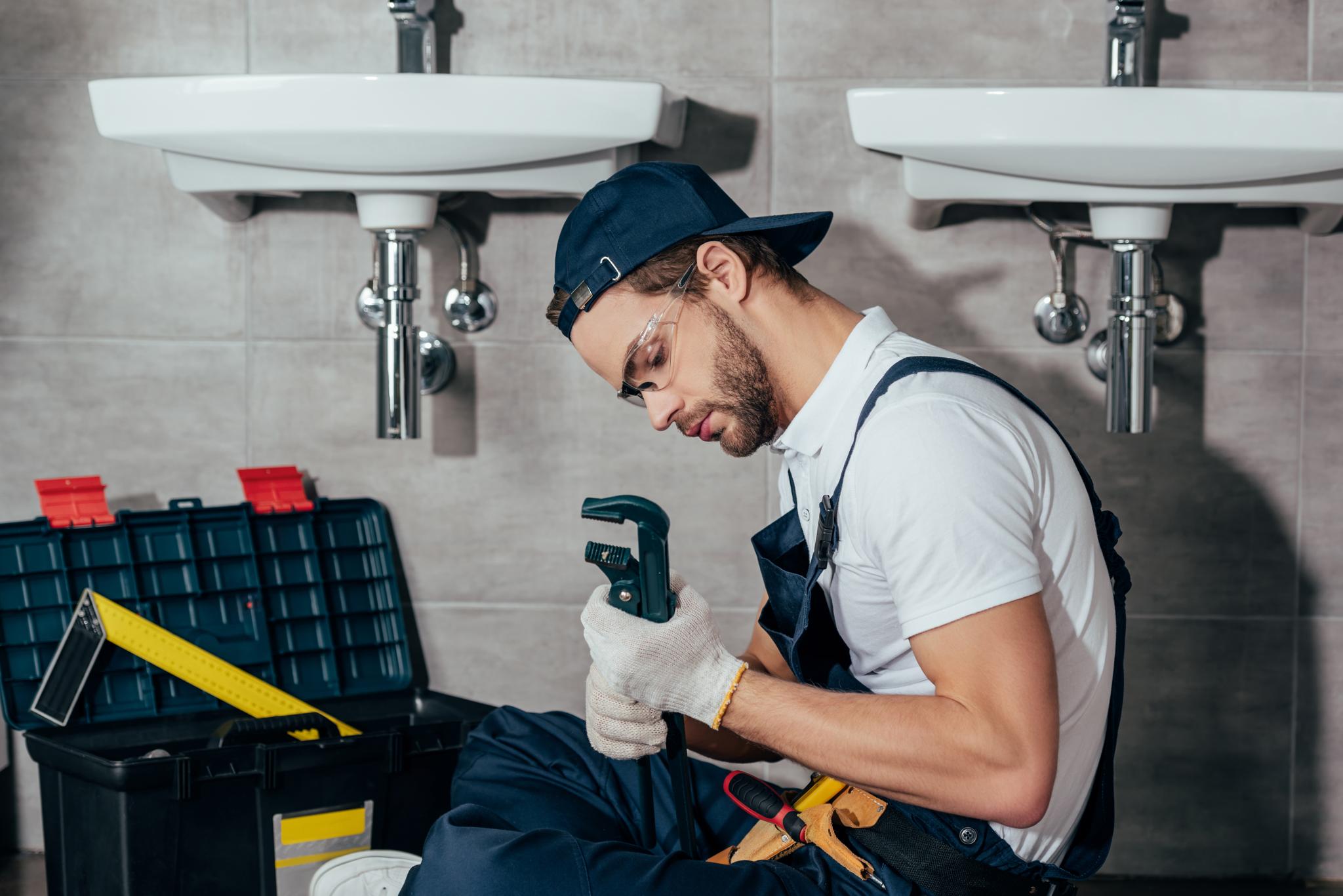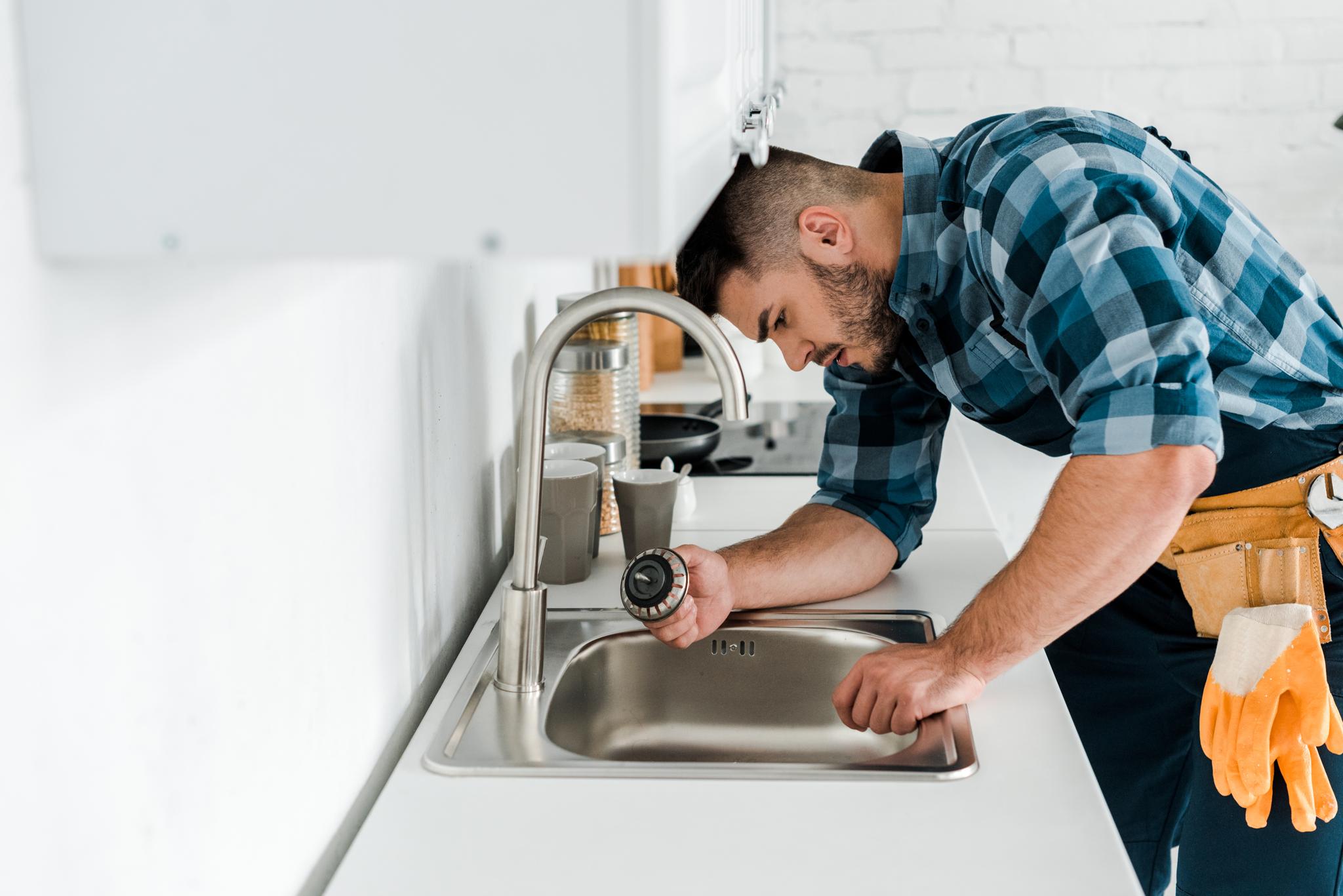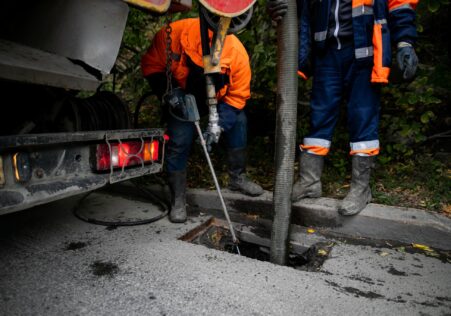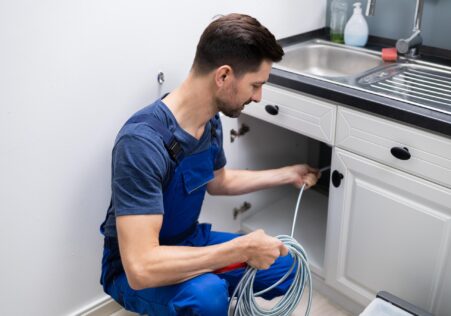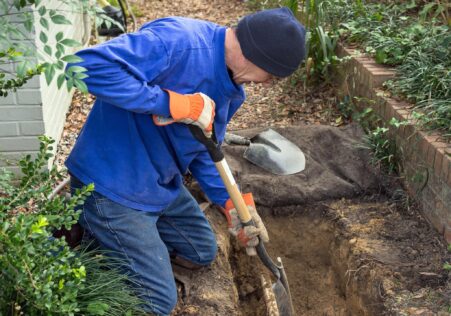How to Choose the Right Pipe Relining Material for Your Home
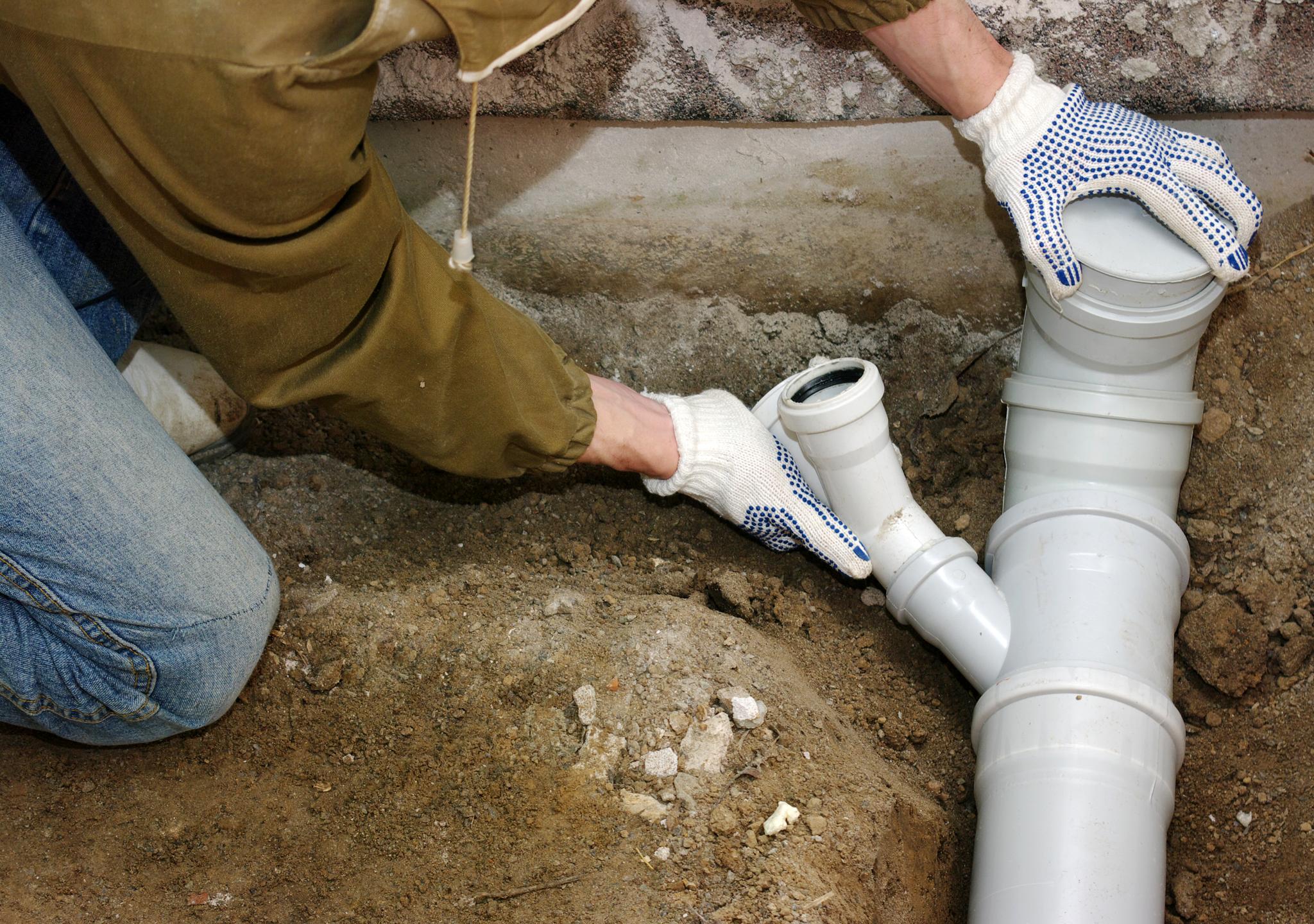
The maintenance of your home’s plumbing in good shape is crucial but pipes will become worn-out in time. The standard method of replacing them involves digging through and taking out the old pipes, which could be a hassle and costly. Luckily, pipe relining offers an even superior, cost-effective and efficient alternative.
Key Takeaways
- Pipe relining is a cost-effective alternative to traditional pipe replacement methods
- Selecting the correct pipe relining material is essential for longevity and efficiency
- Considerations when choosing materials for pipe relining are the surroundings, flow capacity, durability, costs, and maintenance
- Different types of pipe relining materials include Cured-in-Place-Pipe (CIPP), Fiberglass Pipe Lining along with Cast Iron Pipe Lining.
- Relining pipes creates a brand new "pipe inside the pipe" which helps restore complete functionality without removal of the existing pipes.
But with so many different materials available for pipe relining it is crucial to select the appropriate one. This guide will help you understand what factors to consider when selecting the pipe relining materials that will meet your requirements and budget.
What exactly is Pipe Relining?
Before we begin to discuss the best pipe for relining, let’s go over what it is.
Relining pipes is a process which involves inserting an epoxy liner into damaged or damaged sewer lines, water mains, or other underground piping systems preventing leaks and root infiltration. It creates a "pipe within an existing pipe" that helps to restore full functionality without the removal of pipes that are already in use.
The benefits of relining pipe include:
- Minimizes excavation works
- Reduces costs associated with traditional methods
- It’s less messy than excavation
There are many advantages when it comes to lining, selecting the proper material for lining is crucial in terms of effectiveness and durability.
Things to Consider When Choosing Pipe Relining Materials
- Environment Another of the vital aspects to think about when choosing the pipe lining material you choose should be the environment. The external conditions determine how long the lining and will not be impacted by impacts such as chemicals, humid conditions among others.
- Capacity of Flow It is believed that the term "flow capacity" refer to the amount of liquid that flows smoothly across the plumbing when you install new lines.
- Durability: Durability is a measure to determine how the time it takes to last in difficult environments such as excess moisture levels, chemicals among other tough conditions.
Costs
Additional Information
- CCTV Drain Inspection: The Key to Resolving Blocked Drains Quickly
- The Ultimate Guide to Choosing Between Pipe Relining and Pipe Replacement
- Greener Tomorrow with Pipe Relining Advantages
- CCTV Drain Inspections: A faster, Accurate and Effective Means of Identifying Root Issues in Drains
- When to Repair Your Pipes? Tips for Identifying
- The Do's and Don'ts of Keeping Your Drains Free from Blockages
- The Benefits of CCTV Drain Inspections: How Often Should You Carry Them Out?
- 5 Reasons Why You Should Hire Professionals for Drain Cleaning Services
- How CCTV Drain Inspection Helps in Saving Time and Money on Plumbing Repairs?
- Demystifying Step-by-Step Guide to the Plumbing Relining Process: What You Can Anticipate


